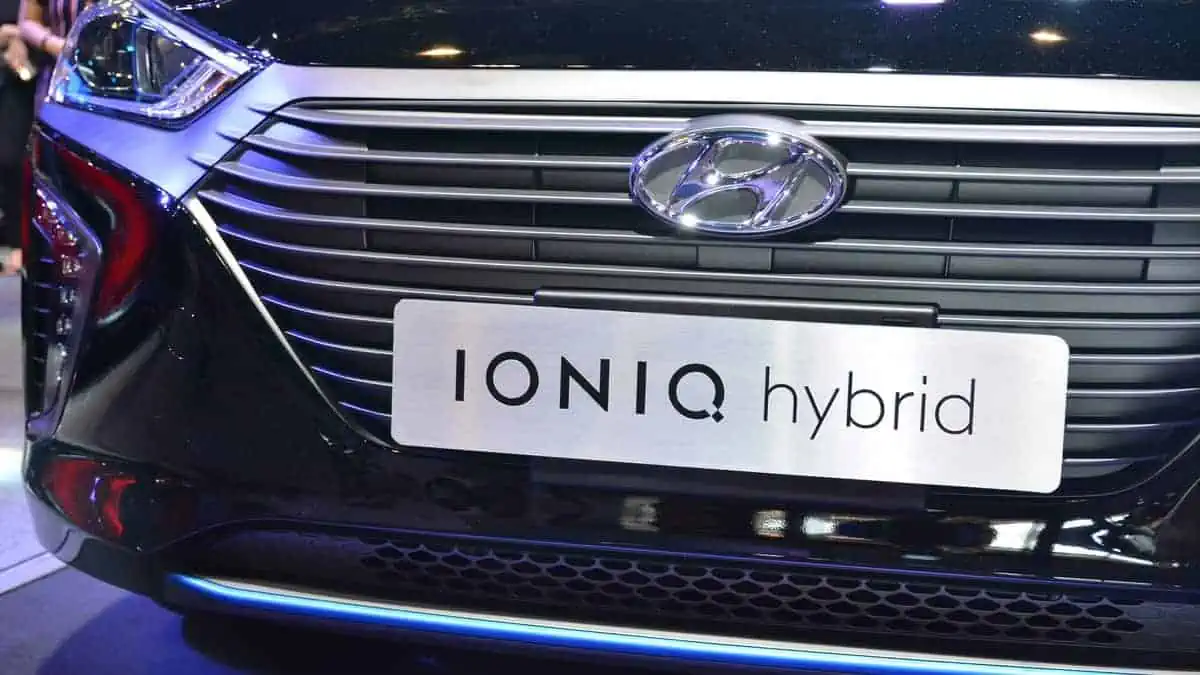An electric motor as an electrical device that converts electrical energy into usable mechanical energy. Every electric motor operates by the interplay in the motor’s electric current and magnetic field in the form of torque used on the motor’s shaft.
It plays a crucial part in the industry and many applications. An electric motor has two essential functions. Mainly, the rotor in the electric motor rotates, whereas the stator remains stationary. It comprises three main segments: AC motor, DC motor, and special purpose motors.
DC Motors
DC motors are widely used for their lesser initial cost of lower power units than AC and are easier to install. Elprocus divided and defined the types of DC motors such as series, separately excited motor, shunt, compound wound, and PMDC motors.
Shunt Motor
A type of direct current (DC) motor that has its armature and field windings connected in parallel.
In this configuration, the armature and field windings share the same power source. The term “shunt” refers to the parallel arrangement of these windings, which creates a shunt or bypass circuit.
Shunt Motor – Characteristics
- High starting torque, suitable for applications requiring a high starting torque, such as lifts and cranes.
- The speed of a shunt motor can be easily regulated by adjusting the field current, suitable for applications that require precise speed control.
- Maintain a nearly constant speed under varying load conditions, useful for applications fans and blowers, that require consistent performance.
Shunt Motor – Drawbacks
- Reduced efficiency at light loads.
- Sensitivity to voltage variations.
Despite these limitations, shunt motors are still widely used in industrial applications, due to their reliability and versatility in a variety of applications.
Separately Excited Motor
A separately excited motor is a type of direct current (DC) motor in which the armature and field windings are powered by separate, independent power sources. Unlike the shunt motor, where the armature and field windings are connected in parallel and share the same power source, the separately excited motor has distinct supply connections for each winding.
Separately Excited Motor – Advantages
- Excellent speed control: As the armature and field windings are powered independently, the motor’s speed can be finely controlled by adjusting the field current or the armature voltage. This makes separately excited motors suitable for applications requiring precise speed control, such as electric vehicles and certain industrial processes.
- Wider speed range: Separately excited motors can operate at a wide range of speeds, from very low to well above the rated speed, by adjusting the field current or armature voltage.
- Better efficiency: Since the field current can be optimized separately, the motor can maintain a higher efficiency over a broader range of loads compared to shunt motors.
Separately Excited Motor – Drawbacks
- Increased complexity: The need for two independent power sources and additional control equipment increases the complexity and cost of the motor system.
- Less common: Separately excited motors are less commonly used than other types of DC motors, such as shunt or series motors, so finding replacement parts and experienced technicians may be more challenging.
Despite these limitations, separately excited motors are used in applications where precise speed control and a wide operating range are essential.
It is found and used in starter motors used in elevators and cars.
PMDC motor
PMDC stands for ‘permanent magnet DC motor. It is a DC motor that can be inbuilt with a permanent magnet to have the magnetic field essential for the electric motor operation.
DC compound motor.
It is a hybrid component of the DC series and shunt motors. The fields are present, and the stator and rotor that connects through a series and shunt windings compound.
AC Motors
AC motors are flexible for their speed control and demand low power. Divided into three types, according to Elprocus: synchronous, asynchronous, and induction motor.
Synchronous Motor
The speed in this motor remains constant with varying loads, and its supply current manages engines at a stable rate and needs to use in machines.
Induction Motor
An electric motor that runs at an asynchronous speed is also called an induction motor and alternatively called an asynchronous motor. Synchronous motors have classified into two types according to their load capacity. Single-phase induction motors apply for smaller loads, also household appliances. Three-phase induction motors need to use in industrial applications such as conveyor belts and lifting gears.
Special purpose motors
Elprocus also noted that special-purpose motors and divided into five types. Namely:
Stepper motor
They are applicable in plotters, circuit fabrication, process control tools, and usual movement generators.
Brushless DC motors
It develops for superior performance within a lesser space than brushed DC motors.
Hysteresis motor
This motor gives a smooth process with a stable speed, similar to other synchronous motors.
Reluctance motor
It has the function of synchronous applications such as signal generators, records, etc.
Universal motors
It has a design that operates at high speeds above 3500 rpm. It utilizes an AC supply at a low rate and a DC supply at a similar voltage.
See Also:
- Tesla plans to use electric motors devoid of rare earth elements for its EVs again after cutting it in 2017
- Mays Motors plans to develop the first electric SUV on its lineup
- A new Infinitum Aircore electric motor delivers advances to EV efficiency and cost savings
- Sean Mitchell: How often do Tesla’s batteries and motors fail?
- Bosch declares electric motor production in Charleston and more than $260 million in investment
Each type of electric motor has advantages and disadvantages, and the specific application will determine which style best suits the task.






